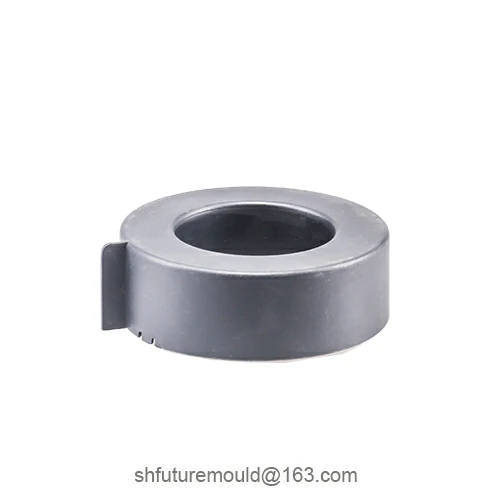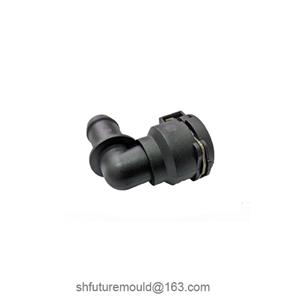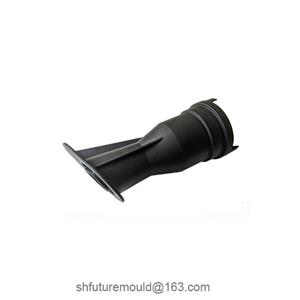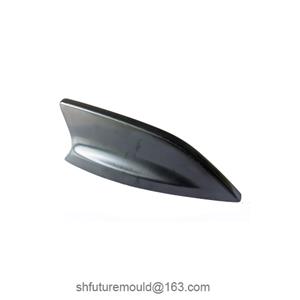Challenges in Manufacturing Medical Plastic Molds
The production of plastic molds for medical devices presents unique and complex challenges due to the extremely high demands for precision, hygiene, and material properties compared to general plastic molds. Let's delve into these challenges in detail:
1. Extreme Precision Requirements
Microscopic Features: Medical devices often incorporate minuscule features such as catheter inner diameters and needle tip apertures, demanding exceptionally high mold machining precision.
Dimensional Tolerances: To ensure proper device function and compatibility with the human body, dimensional tolerances must be extremely tight, often reaching micrometer levels.
2. Complex Material Selection
Biocompatibility: Plastics used in medical devices must exhibit excellent biocompatibility to prevent adverse reactions with human tissues.
High-Temperature and High-Pressure Resistance: Some medical devices undergo high-temperature and high-pressure sterilization processes, demanding materials with exceptional heat and pressure resistance.
Chemical Resistance: Medical devices may come into contact with various disinfectants and bodily fluids, necessitating materials with excellent chemical resistance.
3. Diverse and Complex Structures
Thin-Wall Structures: Many medical devices feature thin-wall structures, such as disposable syringes and catheters, making mold design and machining more challenging.
Complex Cavities: To achieve the specific functions of medical devices, mold cavities are often highly complex, requiring intricate design and machining.
Internal Cavity Machining: Some medical devices have intricate internal cavities, like helical patterns in the inner walls of catheters, posing significant challenges for mold machining processes.
4. Shorter Mold Lifespan
Intense Usage: Medical device molds typically undergo high-intensity and frequent use, leading to accelerated wear.
Material Aging: Plastics can degrade under high-temperature and high-pressure conditions, affecting mold lifespan.
5. Higher Costs
High Material Costs: Medical-grade plastics are generally more expensive.
Complex Machining Processes: Complex machining processes and stringent quality controls contribute to higher production costs.
Longer Lead Times: The design and manufacturing cycle for medical molds is often longer, increasing development costs.
- Injection Mold
- Automotive Injection Mold
- Electronics & Electrical Injection Mold
- Consumer Goods Injection Mold
- Airplane Components Injection Mold
- Medical Components Injection Mold
- Irrigation Components Injection Mold
- Injection Molds




